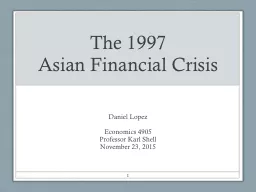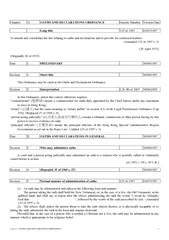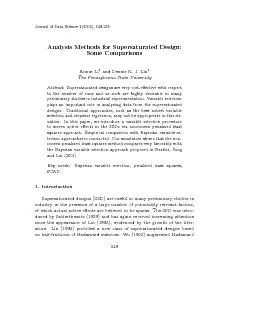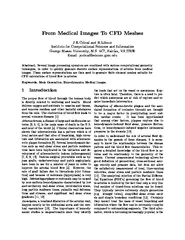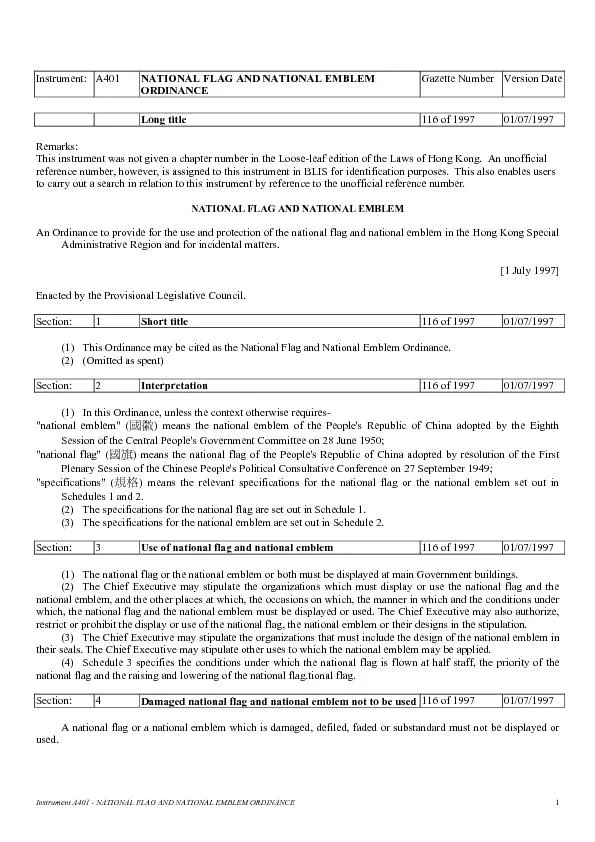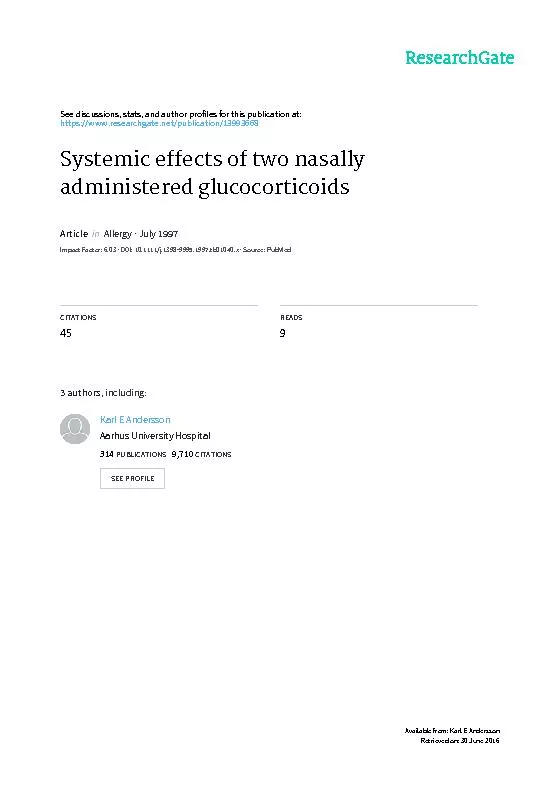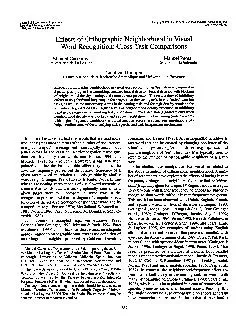PPT-The 1997
Author : ellena-manuel | Published Date : 2017-06-14
Asian Financial Crisis Daniel Lopez Economics 4905 Professor Karl Shell November 23 2015 1 Outline Overview of the Crisis Motivation Review of Analytical Tools
Presentation Embed Code
Download Presentation
Download Presentation The PPT/PDF document "The 1997" is the property of its rightful owner. Permission is granted to download and print the materials on this website for personal, non-commercial use only, and to display it on your personal computer provided you do not modify the materials and that you retain all copyright notices contained in the materials. By downloading content from our website, you accept the terms of this agreement.
The 1997: Transcript
Download Rules Of Document
"The 1997"The content belongs to its owner. You may download and print it for personal use, without modification, and keep all copyright notices. By downloading, you agree to these terms.
Related Documents

